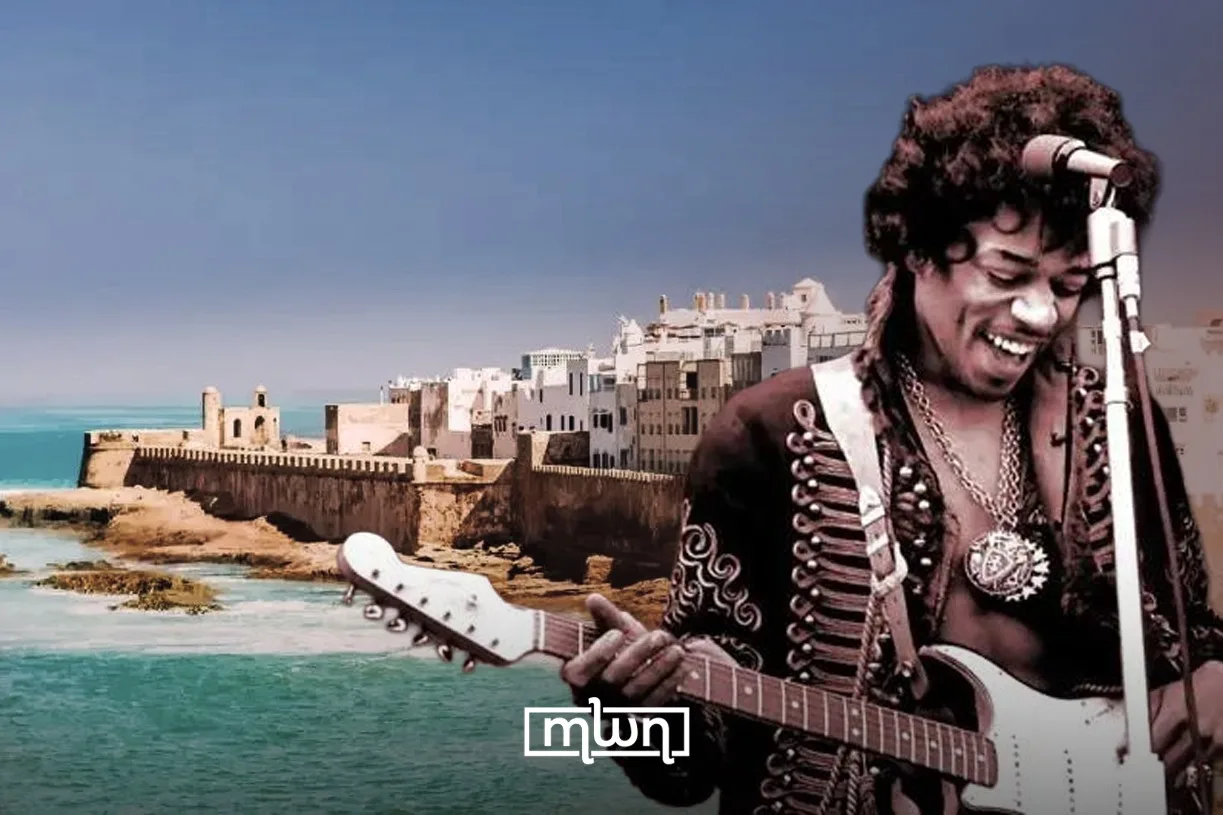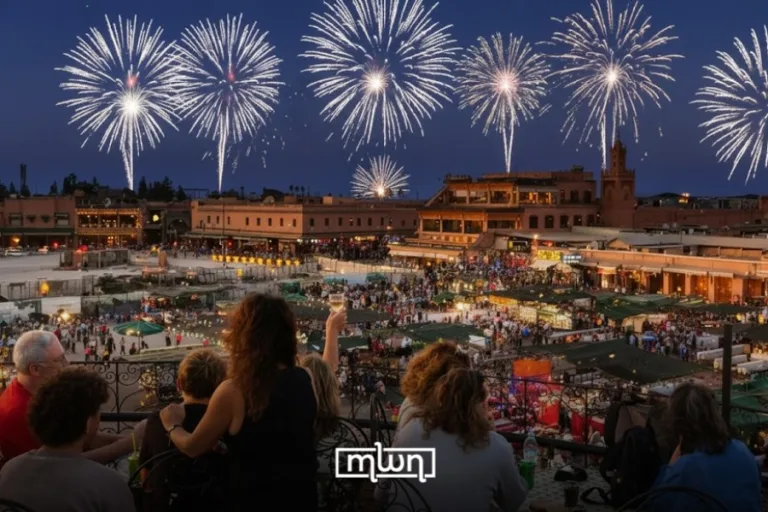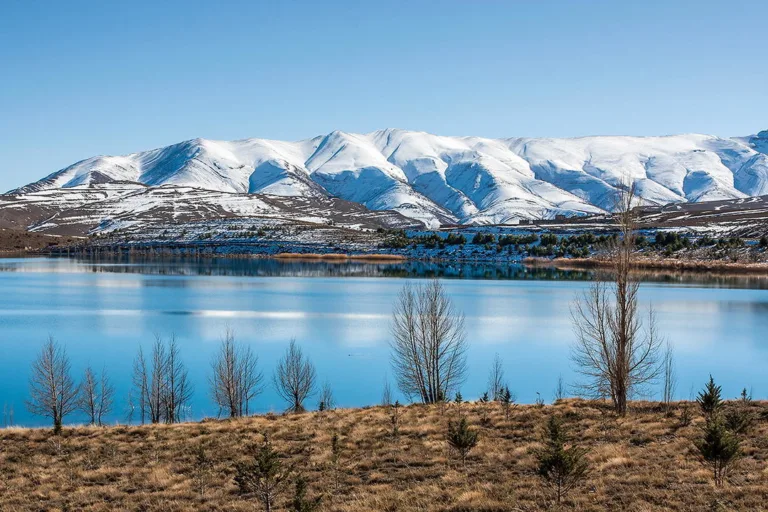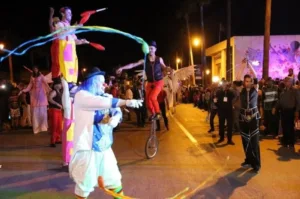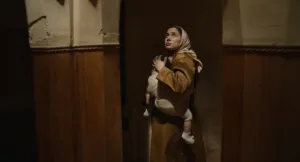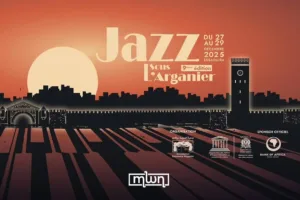Rabat – In 1969, shortly before his iconic Woodstock appearance, Jimi Hendrix retreated to Morocco for 11 days of relaxation, inspiration, and relative anonymity.
Myths about the musician’s travels in Morocco are numerous, with speculation on where he went and what he found as inspiration, but the truth is that there is very little evidence to support these tall tales. It would be a great narrative if “Castles Made of Sand” really was inspired by visiting the ruins of Diabat’s Dar Sultan Palace, however the track was released two years before his visit, so “castles made of sand fall into the sea eventually” as a reference to glittering Moroccan beaches, is sadly wishful thinking. As Hendrix biographer Caesar Glebbeek puts it in “Jimi Hendrix: Electric Gypsy,” “(his) short visit … produced a mountain of erroneous information and fictitious stories.”
Essaouira has fully embraced both the legends and the facts, with murals, posters and even a Jimi Hendrix themed cafe (Cafe Jimi Hendrix) bringing tourists to the area – maybe what truly attracts Hendrix fans is the tangential tourist trail.
Who was Hendrix
Hendrix is emblematic of the 60s psychedelic rock scene – with his flamboyant clothing and exciting stage presence. But as fashions change, there’s clearly something else keeping him in global social consciousness: people want the stories of Jimi in Morocco to be true because of the music he created.
Born in Seattle in 1942, the self-taught guitarists played on blues and R&B circuits, touring the USA with the likes of legends like Little Richard and the Isley Brothers. Following a brief spell in the army, Hendrix moved to London in the mid-60s, becoming part of the “swinging London” music scene exploding in popularity at the time.
His untimely death in 1970 dubs him a member of the “27 Club”alongside Jim Morrison of The Doors, Bryan Jones The Rolling Stones, Janis Joplin, Kurt Cobain and Amy Winehouse – all musicians who tragically died at the age of 27.
A style suitable for Morocco
With only three full-length albums to his name, his musical output was not prolific in quantity, but he covered a wealth of musical styles and influences. Rooted in blues, rock, and R&B, his sounds pushed into psychedelia and jazz, with later jam sessions exploring the funk genre – all of which sit well with the Essaouira hippy crowd who have been visiting since the late 1960s.
Hendrix is known primarily as a “virtuoso” guitarist – pushing the boundaries of performance and technology with his distorted solos and mastery of controlling guitar feedback. Often overlooked is his creativity as a songwriter, as well as an arranger in the studio using reverse tape recordings, overlaying piano parts, and mimicking otherworldly soundscapes. It is surely the legacy of this psychedelic music, bursting with creativity that keeps the tourists searching for traces of Jimi’s genius in Morocco over 50 years later.
3 recommended tracks that give a flavor of his musical style:
- “Hey Joe” – This is very representative of Hendrix’s early sound. Bluesy with plenty of flourishes, ethereal backing vocals and a driving drum part.
- “All Along The Watch Tower” – The perfect example of how great Hendrix was at covering other artists. He took Bob Dylan’s storytelling and expanded it with this guitar playing – a song with no choruses – instead we have guitar solos, supported with a powerful performance from the rhythm sections.
- “Burning of The Midnight Lamp” – Shows how creative Hendrix was in the studio – with the inclusion of a harpsichord, a heavenly choir, underwater sounds on the vocals and guitars – this shows you where he was headed musically at the end of his career. Fashions may have changed, but his music remains timeless.

